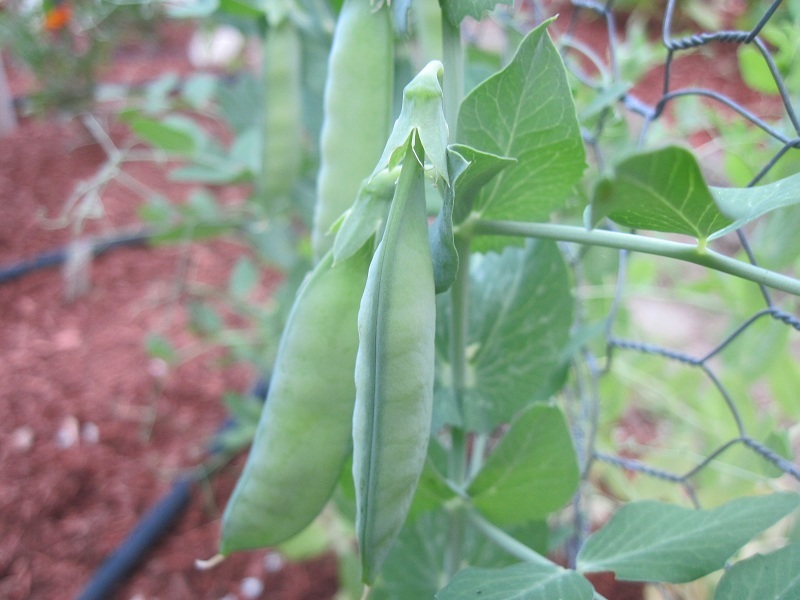Description
Lemon thyme is a small, woody, perennial plant that is native to the Mediterranean region. It has small, delicate leaves that are green in color and have a strong lemon scent. The leaves are typically used as a culinary herb, and they can be used fresh or dried.
Lemon thyme has small, pale purple or white flowers that bloom in the summer. The plant has a low-growing, spreading habit and can reach heights of up to 12 inches. It is often used as a ground cover or in rock gardens.
Lemon thyme prefers well-drained soil and full sun, but it can also tolerate partial shade. It is winter hardy in most climates, but it may need some protection in colder regions.
To cultivate lemon thyme, plant it in a sunny spot with well-drained soil. Water regularly, especially during dry periods, and prune the plant to keep it tidy. Lemon thyme can be propagated by taking stem cuttings or by dividing the plant in the spring.
Lemon thyme is edible, and the leaves can be used fresh or dried in a variety of dishes. The leaves can be stored in an airtight container for later use. Lemon thyme is also known for its medicinal properties and has been used to treat a variety of conditions, including indigestion and coughs.
In addition to its culinary and medicinal uses, lemon thyme is also valued for its attractive foliage and its ability to attract pollinators such as bees and butterflies. It is a low-maintenance plant that is easy to grow and can make a great addition to any garden.
